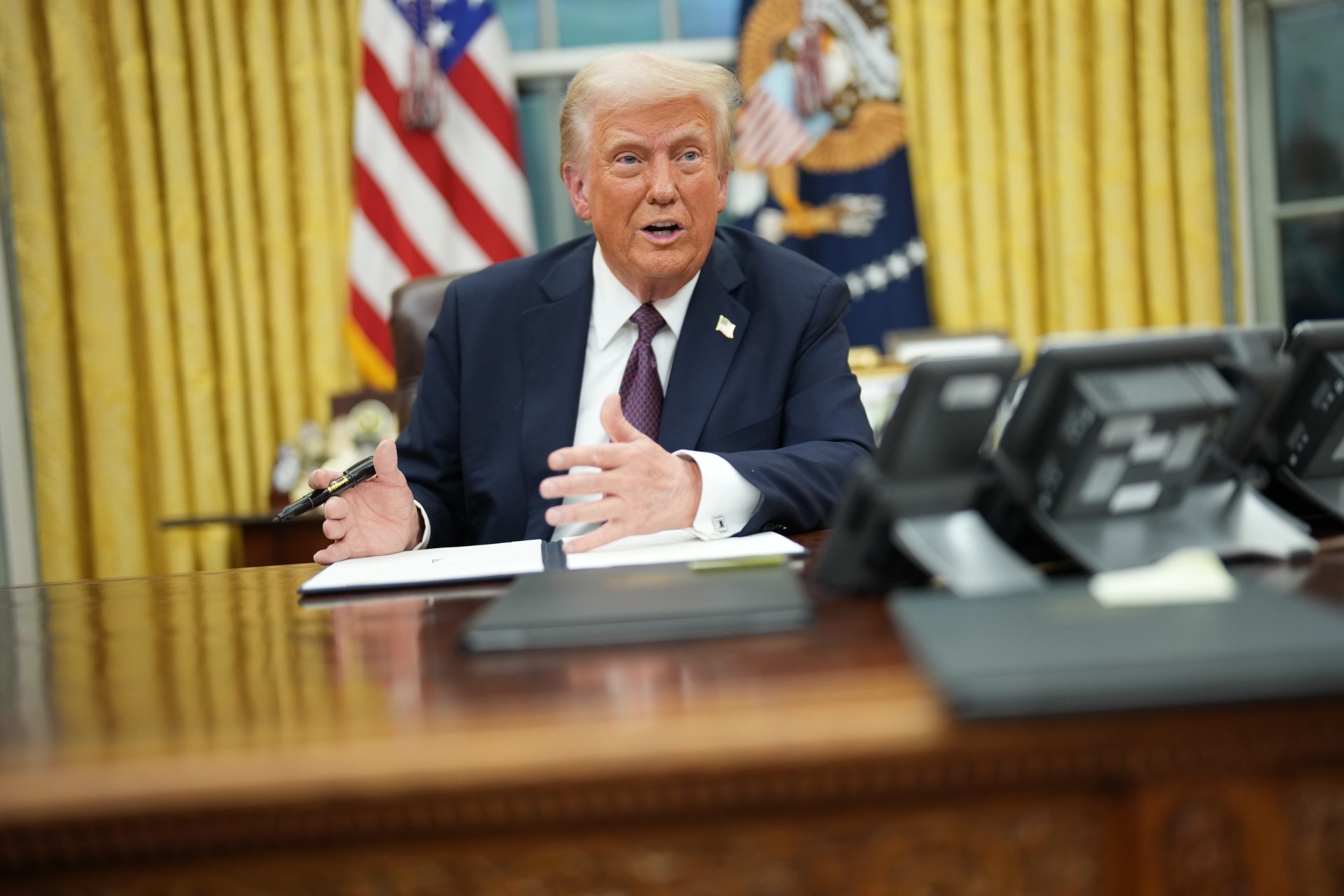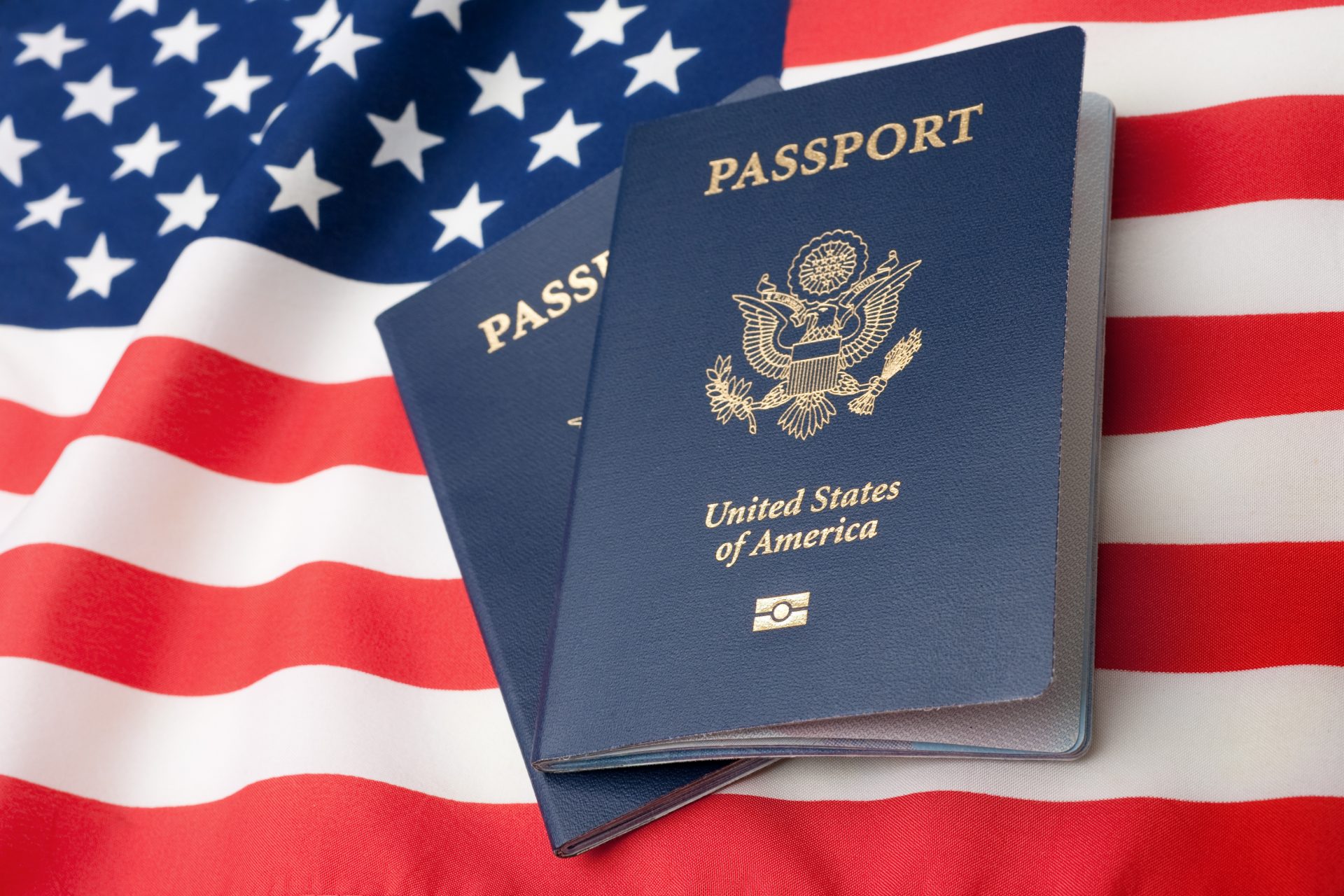Why were Victorians obsessed with ancient Egypt?
Life during the Victorian era, spanning from 1837 to 1901 was certainly a strange time to be alive, particularly due to all the pseudo-science that was thrown around and some of the practices that doctors approved are hard to believe.
The Victorian era also witnessed a fascination with ancient civilizations and their artifacts, including the peculiar practice of consuming Egyptian mummies.
Yes, you read that right, people during the Victorian era would actually EAT bits of mummified ancient Egyptians!
If this is news to you, you are probably wondering what on earth would convince people that eating a mummified human is a good idea?
So, to shed light on this intriguing and revolting phenomenon, we will explore the reasons behind the thought process of the Victorians at the time.
The discovery of ancient Egyptian tombs and artifacts in the early 19th century ignited an intense interest in Egyptian culture, known as Egyptomania.
As highlighted by Smithsonian magazine, Victorians were captivated by the allure and mystery surrounding Egypt, leading them to eagerly collect mummies and other relics.
These preserved bodies and associated cultural artifacts became objects of fascination and curiosity.
The obsession was so great that wealthy Victorians who could afford to buy their very own mummy would even hold mummy "unwrapping" parties, as explained by Drew Cruikshank on the Museum of Dalnavert in Canada's website.
But how did the Victorians go from desecrating Egyptian remains at parties to actually consuming mummies?
Photo by: Christoph Braun - Own work, CC0, Wikimedia Commons
According to a piece on the subject by Smithsonian Magazine, one of the primary reasons behind the consumption of Egyptian mummies in the Victorian era was the prevailing belief in their medicinal properties.
Mummies were thought to possess potent healing powers. Some doctors of the time believed that consuming powdered mummy flesh or ingesting mummy-infused substances could cure a variety of ailments and enhance overall health. This belief stemmed from a long-standing association of ancient artifacts with mystical and restorative qualities.
Louise Noble, a lecturer of English at the University of New England in Australia and author of the book, 'Medicinal Cannibalism in Early Modern English Literature and Culture,' told the Smithsonian, “It emerged from homeopathic ideas. It’s 'like cures like.' So you eat ground-up skull for pains in the head.”
However, in a piece about Victorians eating mummies, National Geographic points out that historian Karl Dannenfelt believes that this whole disturbing "trend" was the result of poor translations and misunderstandings.
According to National Geographic, it all comes down to the word "mumia" which the news outlet explains was considered a precious healing substance "found on a single Persian mountainside where it seeped from black-rock asphalt." It is known today as a type of resinous bitumen.
Photo: By Daniel Tzvi - Own work, Public Domain, https://commons.wikimedia.org/w/index.php?curid=1960710
"Mumia" was used for many different medical reasons in Persia and was named after the word locals used to refer to wax which was "mum." The substance became very popular in the Arabic world and was highly valued.
Photo By Arabischer Maler des Kräuterbuchs des Dioskurides - The Yorck Project (2002) 10.000 Meisterwerke der Malerei (DVD-ROM), distributed by DIRECTMEDIA Publishing GmbH. ISBN: 3936122202., Public Domain, https://commons.wikimedia.org/w/index.php?curid=147655
However, according to historian Karl Dannenfelt's research, when Western Europeans began translating texts from the Islamic world, they made a very important mistake which caused the meaning of the word "mumia" to be totally misinterpreted in the West.
Photo: By Bullenwächter - Own work, CC BY-SA 3.0, https://commons.wikimedia.org/w/index.php?curid=17852006
In his research Dannenfelt states that several translators from the 11th and 12th-century incorrectly wrote that "mumia" was a substance that came from mummies, the preserved bodies found in Egyptian tombs.
As a result, mumia, aka consuming bits of mummies was soon the go to remedy for nearly every ailment during the Victorian era.
Both the Smithsonian and National Geographic magazine point out that it was used at the time to treat headaches, tummy ache, even heart attacks!
As a result, mummies soon were in high demand, so much so that there weren't enough to go around. However, unscrupulous businessmen at the time had no qualms with robbing graves and make fake mummies to sell to those looking for the precious mumia medicine.
It is pretty wild to imagine people consuming mummified Egyptians in the Victorian era, but really, if you think about it, humans have always seen the human body as a possible solution for a variety of ailments.
For example Romans would drink the blood of gladiators to gain their strength. There are many more examples of humans doing similar things throughout history, and maybe today we aren't all that different - think of blood transfusions, organ donations, or skin grafts!
More for you
Top Stories




































